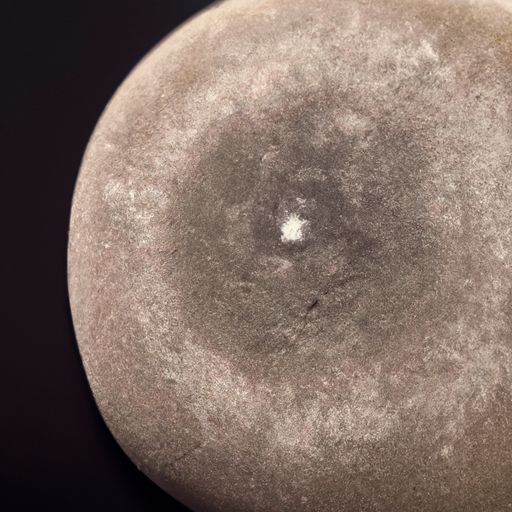Pseudogout, also known as calcium pyrophosphate deposition disease (CPPD), is a type of arthritis that causes sudden and painful joint inflammation. It is characterized by joint pain, swelling, redness, stiffness, limited mobility, and sometimes accompanied by fever, chills, and fatigue. Although pseudogout shares similarities with gout, it is caused by the deposition of calcium pyrophosphate crystals in the joints, rather than uric acid crystals.
Understanding Pseudogout
Pseudogout primarily affects the elderly population, with the risk increasing with age. The exact cause of pseudogout is still unknown, but certain factors can trigger its onset. These include:
- Joint trauma or injury
- Underlying metabolic disorders, such as hyperparathyroidism or hypothyroidism
- Genetic predisposition
- Joint surgery
- High levels of calcium in the blood
When calcium pyrophosphate crystals accumulate in the joints, they trigger an inflammatory response, leading to the symptoms associated with pseudogout. The affected joints often include the knees, wrists, ankles, and elbows.
Diagnosing Pseudogout
Diagnosing pseudogout involves a combination of medical history, physical examination, and laboratory tests. During the physical examination, the doctor will assess the affected joints for signs of swelling, redness, and limited mobility. They may also perform imaging tests, such as X-rays or ultrasound, to visualize the presence of calcium pyrophosphate crystals.
Additionally, the doctor may recommend joint fluid analysis, where a small sample of fluid is extracted from the affected joint and examined under a microscope. The presence of calcium pyrophosphate crystals confirms the diagnosis of pseudogout.
Treating Pseudogout
While there is no cure for pseudogout, treatment focuses on managing symptoms, reducing inflammation, and preventing future flare-ups. The following treatment options may be recommended:
Medications
Nonsteroidal anti-inflammatory drugs (NSAIDs) are commonly prescribed to relieve pain and reduce inflammation associated with pseudogout. In more severe cases, corticosteroids may be injected directly into the affected joint to provide immediate relief. Colchicine, a medication used to treat gout, may also be prescribed to manage pseudogout symptoms.
Physical Therapy
Physical therapy plays a crucial role in improving joint mobility and reducing stiffness caused by pseudogout. A physical therapist can design a personalized exercise program to strengthen the muscles surrounding the affected joint and improve overall joint function.
Lifestyle Modifications
Adopting certain lifestyle changes can help manage pseudogout and reduce the frequency of flare-ups. These include:
- Maintaining a healthy weight to reduce stress on the joints
- Engaging in low-impact exercises, such as swimming or cycling
- Avoiding excessive alcohol consumption, as it can trigger flare-ups
- Following a balanced diet that includes foods low in purines, such as vegetables, fruits, and whole grains
Joint Aspiration
In some cases, joint aspiration may be performed to relieve pain and remove excess fluid from the affected joint. This procedure involves using a needle and syringe to withdraw fluid, providing immediate relief and reducing joint swelling.
Preventing Pseudogout
While it may not be possible to prevent pseudogout entirely, certain measures can help reduce the risk of developing the condition or experiencing frequent flare-ups:
- Avoiding joint injuries by practicing proper body mechanics and using protective gear during physical activities
- Managing underlying metabolic disorders, such as hyperparathyroidism or hypothyroidism, through medication and regular check-ups
- Maintaining a healthy lifestyle, including regular exercise and a balanced diet
- Drinking plenty of fluids to promote the excretion of calcium and other minerals
It is important to consult a healthcare professional for an accurate diagnosis and appropriate treatment plan if you suspect you may have pseudogout. Early intervention can help manage symptoms effectively and improve overall quality of life.
In conclusion, pseudogout is a form of arthritis characterized by sudden joint inflammation, pain, and limited mobility. While there is no cure for pseudogout, various treatment options are available to manage symptoms and reduce the frequency of flare-ups. By understanding the causes, symptoms, and treatment options, individuals can take proactive steps to alleviate the impact of pseudogout on their daily lives.








